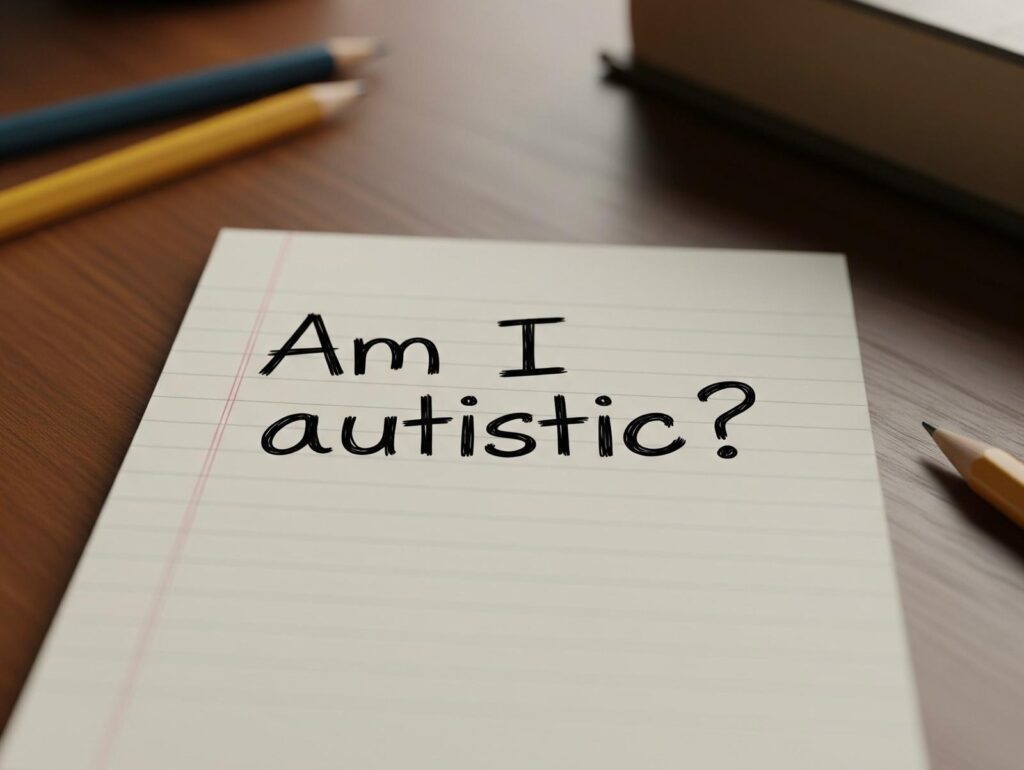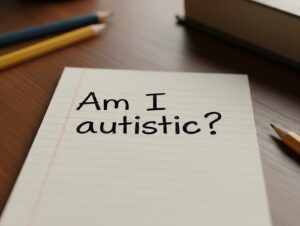The concept of being an empath has garnered significant interest in recent years, particularly in popular psychology and self-help communities. An empath is often described as a person who has a heightened sensitivity to the emotions and energies of others. This article explores the characteristics of empaths, the psychological underpinnings of empathy, and the implications of being an empath, supported by scientific research and expert insights.
Defining an Empath
Characteristics of an Empath
An empath is someone who can deeply perceive and feel the emotions of those around them. Key characteristics often associated with empaths include:
- High Sensitivity: Empaths are highly sensitive to emotional and sensory stimuli. They may feel overwhelmed in crowded places or by loud noises and strong smells (Aron, 1996).
- Deep Empathy: They can intuitively understand and share the feelings of others, often feeling others’ emotions as if they were their own (Decety & Jackson, 2004).
- Strong Intuition: Empaths often rely on their gut feelings to understand the world around them and make decisions.
- Absorption of Emotions: They may absorb the emotions of others, leading to emotional and physical exhaustion.
- Desire to Help: Empaths frequently feel compelled to help others, sometimes to their own detriment (Ehrenreich, 2007).
Empathy vs. Empath
While empathy is a well-recognised psychological construct involving the ability to understand and share the feelings of another, being an empath is considered a more intense experience. Empathy involves cognitive and emotional components, including the ability to take the perspective of others and to emotionally resonate with their feelings (Davis, 1983). Empaths, on the other hand, experience these aspects more acutely and consistently.
Psychological Underpinnings of Empathy
Neuroscientific Perspective
Empathy is rooted in the brain’s mirror neuron system, which activates when we observe others experiencing emotions or performing actions. This system allows us to “mirror” the experiences of others, facilitating understanding and emotional resonance (Iacoboni, 2009).
Research has shown that certain areas of the brain, such as the anterior insula and the anterior cingulate cortex, are involved in processing empathy. These regions are responsible for integrating emotional and sensory information, making them crucial for empathic experiences (Singer et al., 2004).
Genetic and Environmental Factors
Empathy is influenced by both genetic and environmental factors. Studies suggest that genetic predispositions can affect the development of empathy-related traits, while environmental influences, such as upbringing and social interactions, play a significant role in shaping empathic abilities (Knafo & Plomin, 2006).
Psychological Implications of Being an Empath
Emotional and Physical Health
Being an empath can have both positive and negative effects on emotional and physical health. On the positive side, empaths can form deep connections with others, leading to fulfilling relationships and a strong sense of empathy-driven purpose (Decety & Ickes, 2009).
However, the constant absorption of others’ emotions can lead to emotional overload, stress, and burnout. Empaths may also be more susceptible to anxiety, depression, and other stress-related conditions due to their heightened sensitivity (Aron, 1996).
Boundaries and Self-Care
For empaths, establishing boundaries and practising self-care are crucial to maintaining emotional well-being. Techniques such as mindfulness, grounding exercises, and setting limits on social interactions can help empaths manage their sensitivity and prevent burnout (Kabat-Zinn, 2003).
Recognising and Supporting Empaths
Self-Awareness
For individuals who identify as empaths, developing self-awareness is the first step towards managing their sensitivity. Recognising their triggers and understanding their emotional responses can help empaths navigate their interactions more effectively.
Professional Support
Professional support, such as therapy or counselling, can provide empaths with tools and strategies to manage their sensitivity. Cognitive-behavioural therapy (CBT) and mindfulness-based stress reduction (MBSR) are effective approaches for helping empaths develop coping mechanisms and resilience (Hofmann et al., 2012).
Creating Empath-Friendly Environments
Creating environments that accommodate the needs of empaths can enhance their well-being. This includes fostering open communication, encouraging breaks and downtime, and promoting activities that reduce stress and anxiety.
Psychological Arguments Against the Existence of Empaths
Lack of Empirical Evidence
One of the primary arguments against the existence of empaths is the lack of empirical evidence supporting their existence. While empathy is a well-documented psychological construct, there is no scientific proof that some individuals possess an extraordinary or supernatural level of empathy that distinguishes them as empaths.
Empathy as a Spectrum
Empathy exists on a spectrum, with individuals varying in their ability to perceive and respond to the emotions of others. Psychologists argue that what is often described as being an “empath” might simply be individuals who are highly empathetic, falling at the higher end of this spectrum (Davis, 1983). The term “empath” might thus be an exaggeration or misinterpretation of normal variations in empathetic abilities.
Mirror Neuron System
The mirror neuron system, a group of neurons that activate both when an individual performs an action and when they observe the same action performed by another, is often cited as a neurological basis for empathy. However, while this system plays a role in understanding others’ actions and emotions, there is no evidence that it endows certain individuals with extraordinary empathic abilities (Iacoboni, 2009).
Cognitive and Emotional Empathy
Empathy is typically divided into cognitive and emotional components. Cognitive empathy involves understanding another person’s perspective, while emotional empathy involves sharing their emotional state (Decety & Jackson, 2004). Psychologists argue that claims of being an empath often conflate these components, attributing normal empathetic processes to a supernatural ability.
Cognitive Empathy
Cognitive empathy, or theory of mind, is the ability to understand another person’s mental state. This ability varies among individuals but does not support the existence of a distinct category of people with supernatural empathy (Baron-Cohen, 2000).
Emotional Empathy
Emotional empathy involves sharing the emotional experiences of others. While some individuals may have heightened emotional empathy, this is still within the range of normal human variation and does not necessitate the existence of empaths (Eisenberg & Lennon, 1983).
Psychological Explanations for Empathic Experiences
Hyper-Sensitivity and Anxiety
Psychologists suggest that individuals who identify as empaths might actually be experiencing heightened sensitivity or anxiety. High sensitivity to sensory and emotional stimuli can lead individuals to feel overwhelmed in social situations, interpreting these experiences as absorbing others’ emotions (Aron, 1996).
Projection and Identification
Projection and identification are psychological mechanisms that can explain empathic experiences. Projection involves attributing one’s own emotions to others, while identification involves seeing oneself in others. These mechanisms can lead individuals to believe they are experiencing others’ emotions, when in fact they are projecting their own feelings or identifying with the other person’s situation (Freud, 1917).
Confirmation Bias and Popularity of the Empath Concept
Confirmation Bias
Confirmation bias, the tendency to interpret new evidence as confirmation of one’s existing beliefs, plays a significant role in the popularity of the empath concept. Individuals who believe they are empaths may selectively notice and remember experiences that support this belief while ignoring or downplaying contradictory evidence (Nickerson, 1998).
Popular Culture and Self-Help Literature
The concept of empaths has been popularised by self-help literature and media, which often lack scientific rigor. This popularisation can lead to a self-reinforcing cycle where individuals identify with the traits of empaths, further perpetuating the belief in their existence without scientific validation (Ehrenreich, 2007).
Conclusion
Being an empath involves a heightened sensitivity to the emotions and energies of others, which can have profound effects on an individual’s emotional and physical health. Understanding the characteristics and psychological underpinnings of empathy is essential for recognising and supporting empaths. By developing self-awareness, practicing self-care, and seeking professional support, empaths can navigate their sensitivities effectively and lead fulfilling lives.
While the concept of empaths is appealing and resonates with many people, it lacks empirical support and scientific validation. Psychologists argue that what is often described as being an empath can be explained by heightened sensitivity, cognitive and emotional empathy, and psychological mechanisms such as projection and identification. Understanding empathy as a spectrum and recognising the influence of confirmation bias and popular culture can provide a more grounded perspective on this phenomenon
References
- Aron, E. N. (1996). The Highly Sensitive Person: How to Thrive When the World Overwhelms You. Broadway Books.
- Baron-Cohen, S. (2000). Theory of mind and autism: A review. International Review of Research in Mental Retardation, 23, 169-204.
- Davis, M. H. (1983). Measuring individual differences in empathy: Evidence for a multidimensional approach. Journal of Personality and Social Psychology, 44(1), 113-126.
- Decety, J., & Ickes, W. (Eds.). (2009). The Social Neuroscience of Empathy. MIT Press.
- Decety, J., & Jackson, P. L. (2004). The functional architecture of human empathy. Behavioral and Cognitive Neuroscience Reviews, 3(2), 71-100.
- Ehrenreich, B. (2007). Dancing in the Streets: A History of Collective Joy. Metropolitan Books.
- Eisenberg, N., & Lennon, R. (1983). Sex differences in empathy and related capacities. Psychological Bulletin, 94(1), 100-131.
- Festinger, L. (1954). A theory of social comparison processes. Human Relations, 7(2), 117-140.
- Freud, S. (1917). Mourning and Melancholia. The Standard Edition of the Complete Psychological Works of Sigmund Freud, Volume XIV (1914-1916).
- Hofmann, S. G., Asnaani, A., Vonk, I. J., Sawyer, A. T., & Fang, A. (2012). The efficacy of cognitive behavioral therapy: A review of meta-analyses. Cognitive Therapy and Research, 36(5), 427-440.
- Iacoboni, M. (2009). Mirroring People: The New Science of How We Connect with Others. Picador.
- Kabat-Zinn, J. (2003). Mindfulness-based interventions in context: Past, present, and future. Clinical Psychology: Science and Practice, 10(2), 144-156.
- Knafo, A., & Plomin, R. (2006). Prosocial behavior from early to middle childhood: Genetic and environmental influences on stability and change. Developmental Psychology, 42(5), 771-786.
- Leary, M. R. (2001). Interpersonal Rejection. Oxford University Press.
- Levine, M. P., & Piran, N. (2001). Reflections on the role of prevention in the link between sociocultural factors and eating disorders. Eating Disorders, 9(3), 239-250.
- Neff, K. D. (2003). Self-compassion: An alternative conceptualization of a healthy attitude toward oneself. Self and Identity, 2(2), 85-101.
- Nickerson, R. S. (1998). Confirmation bias: A ubiquitous phenomenon in many guises. Review of General Psychology, 2(2), 175-220.
- Singer, T., Seymour, B., O’Doherty, J., Kaube, H., Dolan, R. J., & Frith, C. D. (2004). Empathy for pain involves the affective but not sensory components of pain. Science, 303(5661), 1157-1162.
How to get in touch
If you or your patient/NDIS clients need immediate mental healthcare assistance, feel free to get in contact with us on 1800 NEAR ME – admin@therapynearme.com.au.
Discover more from Therapy Near Me
Subscribe to get the latest posts sent to your email.






